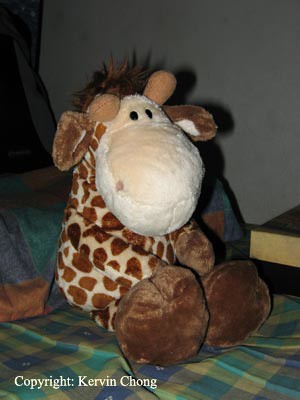Getting around
Pic: Bangkas (boats) being guided out of the harbor by bamboo pole. Transportation connecting the various islands depends on the fleets of boats. Though the road system is fairly good, most of the Philippines are coastline. The boat is all in one a transport, food provider, job tool and at times home. Bolinao, Philippines, 2004.
The first time we hit Manila, traffic was bewildering. Not only for the fact we were driving on the wrong side of the road (vehicles go on the right here) but for the sheer amount of traffic congesting the streets of Manila (several degrees worse than those in Penang and Kl). Getting around the place can be tricky. Private cars in the provinces are few and often are refurbished second or third hand vehicles. The main mass transport available is the Jeepney, cheap and fast. Crammed into the back with as many as 15 people (tight squeeze) and hanging on for dear life as the driver speeds, cutting through traffic and to our horror at most times an inch away from hitting something (a friend told us this is the dorm). Fares are cheap as I said, getting round town usually involved no more than 15 pesos (RM1). In Manila the Metro (parallel with the EDSA, the main highway artery in Metro Manila) connects most major locales but as usual often congested with people.
The other form of transport usually found in the provinces is the tricycle, remodeled bikes with a side carriage. Its truly an amazing act if you watched how many people we managed to stuff into one, 3 girls (small build) can fit into the carriage with 2 seated on the seat and another on the floor, 2 people by the extended passenger seat behind the driver, one behind the bike on the baggage carriage and if you dare another person hanging for dear life on the roof rails. My coursemates vowed to never ride pylon after their legs were almost sheared off when the tricycle tried to navigate between two buses in traffic :) There are more expensive modes of transport but also more comfort such as the cabs but these are few as the price is pricey by local standards. Buses are never operational in the city, more often only used for long destinations as connecting cities, our experience with traveling from Bolinao to Dagupan (around 250 km) was when the bus suddenly stopped halfway in between. Reason? They ran out of gas, the ticket handler had to board a tricycle, head to the nearest gas station and hurry back with a full container of fuel before we continued our journey!
Along the coast, the bangkas (wooden boats with side stabilizers) are a convenient mode of transport for villagers to get around. Moving from island to island, bangkas are at times the sole transport as there are few bridges and fewer roads. The bangkas are also used for fishing, transportation of goods and recreation. Failing to own a bangka, one can always fashion a raft from bamboos tied with twine and row across the waters.





4 comments:
I had the privilege of visiting Manila twice.
I remember the traffic but it is a nice city.
i remember vividly manila cos its really a nice place to stay even settle down there :). the people is civilised too.
True true the toilets (exclusively males domain) are provided by the roadside, painted pink some more and erected by the city beautification council, I've a pic that I'll post soon for everyone to see:)
Mmm what is that? Never heard about that nor has anyone pointed it out to me there. Never really had time to explore Manila just a stopover till our trip to Pangasingan. Can you describe it. :) Only thing I really knew about the Philippines before I went there was almost nil and also people telling me to try balut (duck embryo near full form in the egg).
Post a Comment